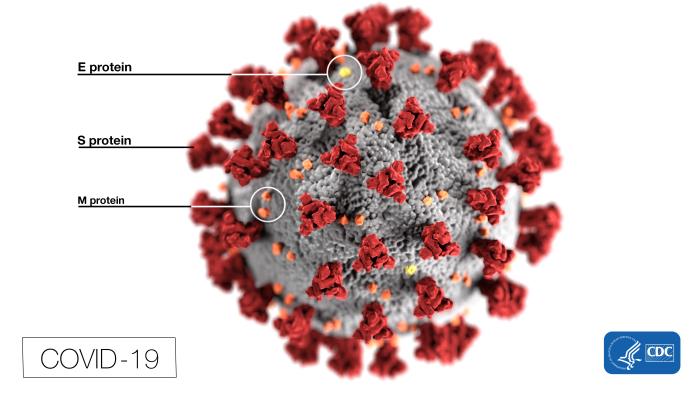COVID-19 update
The Florida Department of Health (DOH) reported 216 COVID-19 related fatalities for Tuesday, a one day record, bringing the state total to 6,333.

Of the more than 88,000 COVID-19 tests performed, 9,446 new positive COVID-19 cases were reported, slightly higher than 12 percent of the total.
Florida’s total case count has topped 450,000 and with the 6333 deaths, a 1 percent CFR is calculated.
Miami-Dade County has reported the most cases with more than 113,000, including 1455 deaths.
School reopening White paper
The Florida Chapter of the American Academy of Pediatrics (FCAAP) today released “FCAAP Recommendations Regarding School Reopening”, a white paper to assist Florida’s school superintendents as they prepare their school districts to reopen. This guidance is pursuant to FCAAP’s recent letter to Governor DeSantis, outlining its position that schools should be allowed to decide how and when to open on a case‐by‐case basis based on COVID‐19 infection rates in each school district.
COVID‐19 positivity rates are currently extremely high in Florida with a rolling average of 12% of tests positive for new infections over the past two weeks. The FCAAP recommends that school districts in locales with positive test rates averaging ≥5% over the previous two weeks delay the start date for school until positive testing rates are lower.

“Because infection rates vary so widely statewide, there is no universal plan that allows all of Florida’s school to re‐open safely at the same time, and districts should tailor their plans accordingly. Ideally, each plan should be developed by each local school district in consultation with local pediatricians, family physicians, epidemiologists, and infectious disease specialists,” said Dr. D. Paul Robinson, FCAAP President.
In the white paper, FCAAP has highlighted key areas for consideration and offers guiding principles regarding:
- Screening for Symptoms
- Social Distancing in Classrooms
- Use of Personal Protective Equipment (PPE) and Sanitation Procedures
- Considerations for Vulnerable Demographics
- Role of School Nurses
- School Sports
- Returning to School After a Potential COVID‐19 Exposure.
Recent studies referenced in the white paper show children do not become as ill as older age groups with COVID‐19, and they do not spread the disease as efficiently as adults do.
The data are relatively limited to make definite conclusions about these contentions. However, if children, as a group, do not become as ill as adults, it does not mean every child with COVID‐19 does not become ill, and that they will not infect those entrusted to care for and educate them.
“FCAAP believes it is important for children to return to school to reap the benefits of face‐to‐face education and the provision of other school services, but the benefits must outweigh the medical risks to the children, teachers, school staff, and families,” Robinson concluded.
BRAIN EATING AMOEBA CASE, AKA NAEGLERIA FOWLERI, CONFIRMED IN HILLSBOROUGH COUNTY
MIAMI DADE MAYOR CARLOS GIMENEZ: PROTESTS ‘HAD A LOT TO DO WITH’ THE RISE IN CORONAVIRUS
USF TEAM’S COVID-19 DRUG DISCOVERY STUDY INCLUDES HEPATITIS C DRUG, BOCEPREVIR




